There is a bias against strong painkillers. Many patients are also concerned about the non-steroidal anti-inflammatory drug Diclofenac. Analogues of “Diclofenac” of selective action are considered relatively safe for the gastrointestinal tract and heart, but it is worth remembering that any pharmacy drug will not harm the body if the dosages and methods of use are observed.
Material Content:
Composition (active substance), properties
Tablets, suppositories, gel and Diclofenac ointment are produced by pharmaceutical companies in Russia, Belarus, Serbia, Germany, Romania, and India. The content of the active ingredient in soft dosage forms varies from 1 to 5%. Suppositories and tablets may contain 50 or 100 mg of the active substance.
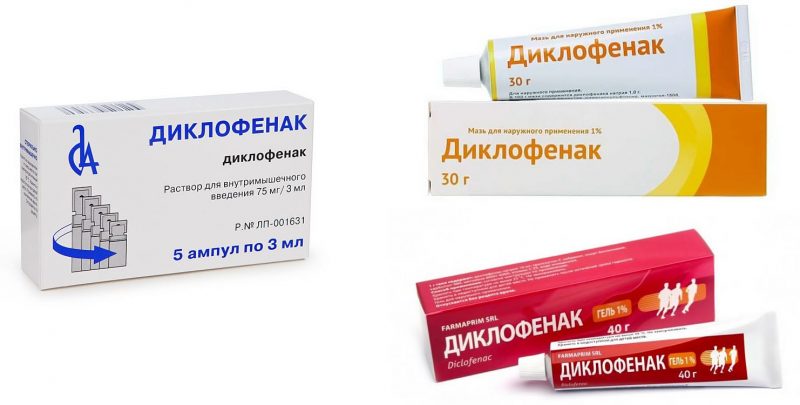
The commercial names of the drugs do not necessarily coincide with the name of the active substance. Full analogs may have other trade names, although they contain the same active ingredient. Dosages may be the same or different.
"Diclofenac" - a representative of the group of non-steroidal anti-inflammatory drugs (NSAIDs), has analgesic properties. Antipyretic effect is less pronounced.
The active ingredient inhibits the synthesis of prostaglandins, quickly stops the development of the inflammatory process, eliminates severe pain.
NSAIDs are available at the pharmacy without a prescription. However, even over-the-counter products can cause dangerous consequences. You can not use "Diclofenac" for pain and inflammation of any origin.For each drug and dosage form, there is a range of indications within which the maximum therapeutic effect is achieved.
Safer Diclofenac Tablets
The doctor, prescribing NSAIDs, takes into account the pharmacological characteristics of the drug and the experience of its use. The specialist’s knowledge and intuition allow him to choose the drugs and dosages that are most appropriate for the clinical case. The risk of using the drug is assessed comprehensively, individually for each patient.
Full analogues
Diclofenac is included in the list of essential medicines, tops the list of non-steroidal anti-inflammatory drugs (NSAIDs), antirheumatic drugs for the treatment of diseases of the musculoskeletal system. However, now Diclofenac is prescribed not only by orthopedists, surgeons and neurologists. The tool is prescribed by ophthalmologists, gynecologists, urologists and oncologists.
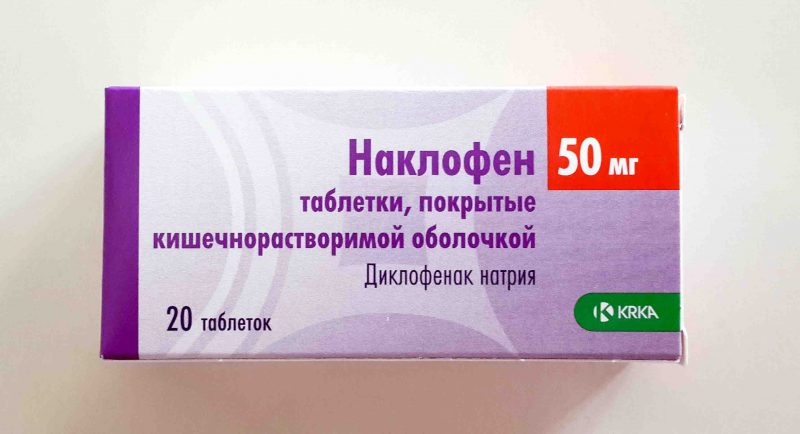
A powerful non-narcotic analgesic is recommended to be used in a short course.
It is undesirable to use Diclofenac for more than 3 to 5 consecutive days, as the risk of dangerous side effects increases. A number of scientists and experts are calling for a ban on the use of this NSAID. Diclofenac has an extensive list of contraindications, aggressively affects the gastrointestinal mucosa, significantly increases the risk of heart attack, is poorly tolerated by the elderly.
Three drugs are related to analogues of Diclofenac tablets according to the active substance and release form: Naklofen, Ortofen, Voltaren. Naklofen Duo is available in capsules. The shell protects the drug from release in the stomach, which reduces the negative effect on its mucous membrane. Due to the gradual dissolution in the intestine, the effectiveness of the treatment is increased.
There is an expert recommendation to use the minimum effective dose of Diclofenac. This opportunity appeared thanks to the capsules "Naklofen Duo" (75 mg), tablets "Voltaren" and "Ortofen", which contain 25 and 50 mg of the active ingredient. Small doses less damage the digestive tract and the cardiovascular system.
Group analogues
In addition to Diclofenac, Indomethacin, Ketorolac, and Ketoprofen have a powerful anti-inflammatory and analgesic effect. These same drugs have a significant negative effect. “Indomethacin” and “Ketoprofen” lead among NSAIDs in the frequency of various side effects.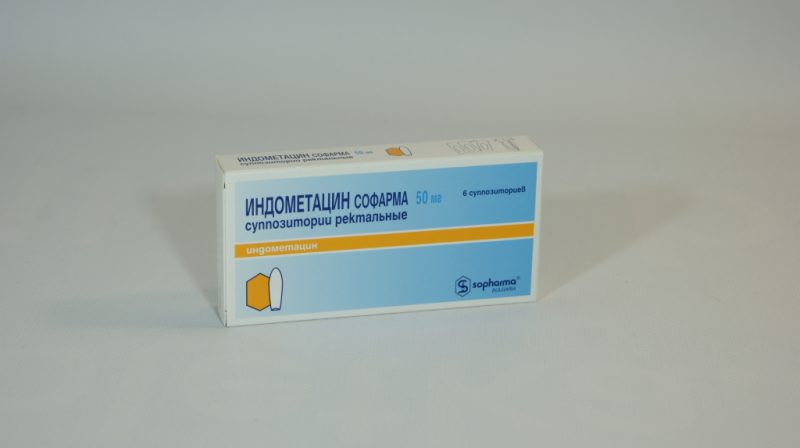
For inflammatory diseases of the musculoskeletal system, you can use Naproxen, Dexalgin or Nimesulide. Prescribe pills for osteochondrosis, joint pain, rheumatoid arthritis, gout, injuries and many other pathologies.
It is harmful to simultaneously use various NSAIDs for injection and oral administration, except for ready-made combined preparations.
- NSAIDs "Ibuprofen" and "Paracetamol" are taken with fever accompanying infectious and inflammatory diseases.
- From the pain of abdominal cramps, Baralgin and Spazmalgon better help.
- From a headache - "Analgin", "Tempalgin". These drugs also belong to the group of non-steroidal and anti-inflammatory.
Selective NSAIDs
Nimesulide and Meloxicam are considered the best analogues of Diclofenac. The drugs have a selective effect, belong to a new generation of NSAIDs. Active ingredients in the composition can cause side effects, but the negative effect is less pronounced.
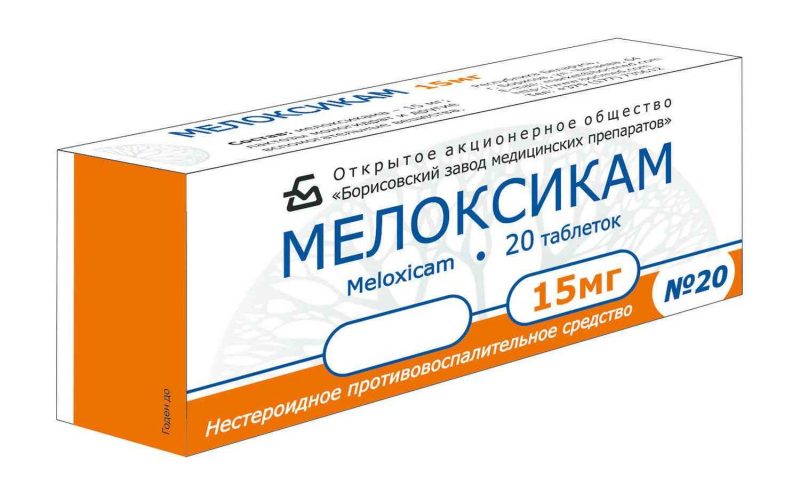
"Nimesulide" is increasingly replacing the "Diclofenac" in traumatology, neurology, surgery, dentistry, gynecology. The medicine is used for the symptomatic treatment of acute respiratory viral infections, colds.
"Meloxicam" is usually not used as an antipyretic and to treat headaches. The drug is prescribed for rheumatoid arthritis, osteoarthrosis, osteochondrosis.
List of the best candle-shaped substitutes
Diclofenac acts more aggressively in the form of injections and tablets: it harms the gastric mucosa, increases the risk of cardiovascular disease.
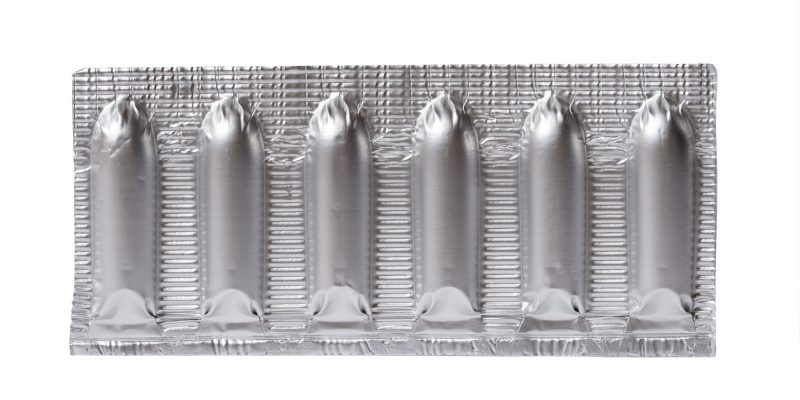
Safer for internal organs eye drops, suppositories and gel.Suppositories are usually prescribed for the same diseases and conditions in which tablets are used.
The best candles with other NSAIDs - substitutes "Diclofenac":
- Amelotex.
- Movalis.
- "Flexen."
- Ketonal.
- Oki.
There are substitutes for Diclofenac suppositories that contain substances from other pharmaceutical classes. For example, Gepazolon suppositories have analgesic and anti-inflammatory effects. The combination product contains three drugs - Heparin, Prednisolone, and Lidocaine.
Similar drugs in injection ampoules
Solutions for injection may contain NSAIDs “Ketoprofen” (“Ketonal”, “Flamax”), “Dexketoprofen” (“Flamadex”). As part of safer analogues of “Diclofenac”, “Meloxicam” and “Tenoxicam” are present in injections.

Modern NSAIDs produced in ampoules:
- Amelotex.
- The Genitron.
- "Arthrosan."
- "Artoxan."
- Movalis.
Injectable NSAIDs are used in the initial period of treatment of diseases of the spine and joints. A short course of injections is prescribed to relieve acute pain. Then go to pills or candles.
Ointment and gel generics
"Diclofenac" in the composition of external funds anesthetizes and eliminates inflammation.
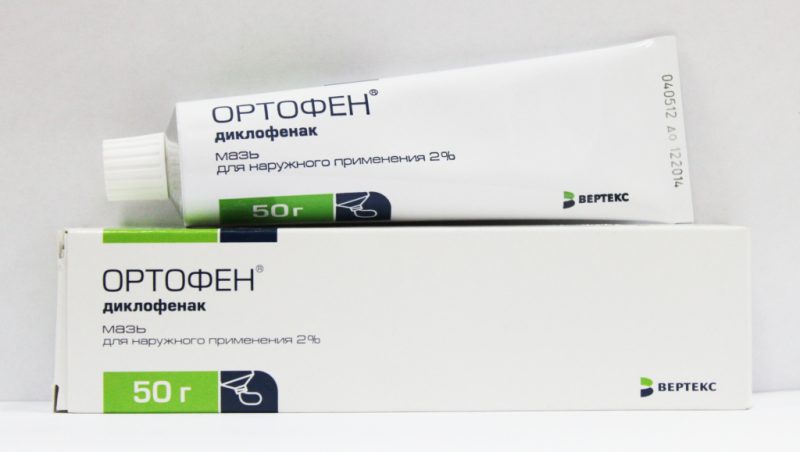
The gel is quickly absorbed into the skin, penetrates into the deeper layers of the dermis. When applied topically, NSAIDs are slightly absorbed into the systemic circulation, and do not accumulate in the tissues.
Analogs of the gel "Diclofenac" in composition:
- Diklak Lipogel;
- Diclobene
- "Orthoflex";
- "Diklovit";
- Diclogen
- Dicloran
- "Naklofen";
- Ortofen;
- Diklak.
Diclofenac gel generics are used for the symptomatic treatment of inflammatory and degenerative processes in various sections of the musculoskeletal system. You can use group analogues that contain other NSAIDs that have a similar effect: Ibuprofen, Nurofen Express, Deep Relief, Dolgit gels.
Eye drops similar to Diclofenac
Infections or eye injuries are accompanied by inflammation, pain, redness. Eye drops "Diclofenaclong" and "Diclo-F" contain 0.1% of "Diclofenac". Topical remedies quickly eliminate discomfort.

Diclofenac substitutes for the treatment of eye diseases containing other NSAIDs:
- “Nakwan, Broxinac” (“Bromfenac”);
- Indocollyr (Indomethacin);
- “Ketodrop” (“Ketorolac”);
- Nevanak (Nepafenak).
Drops are used for the treatment and prevention of inflammation in surgical eye operations. Ophthalmic agents are also used to reduce pain.
If Diclofenac does not help or is contraindicated, then instead of this, first-line drugs use its group analogues Ibuprofen, Naproxen, Paracetamol, as well as combination drugs. Second-line NSAIDs - Metamizol (Analgin, Baralgin, Spazmalgon). More modern drugs contain selective NSAIDs - Meloxicam and Nimesulide.
Do not use large doses and prolonged use of any non-steroidal anti-inflammatory drugs. The optimal duration of treatment with one NSAID is from 3 to 5 days in a row. A short course of treatment does not lead to the appearance of serious negative effects.












